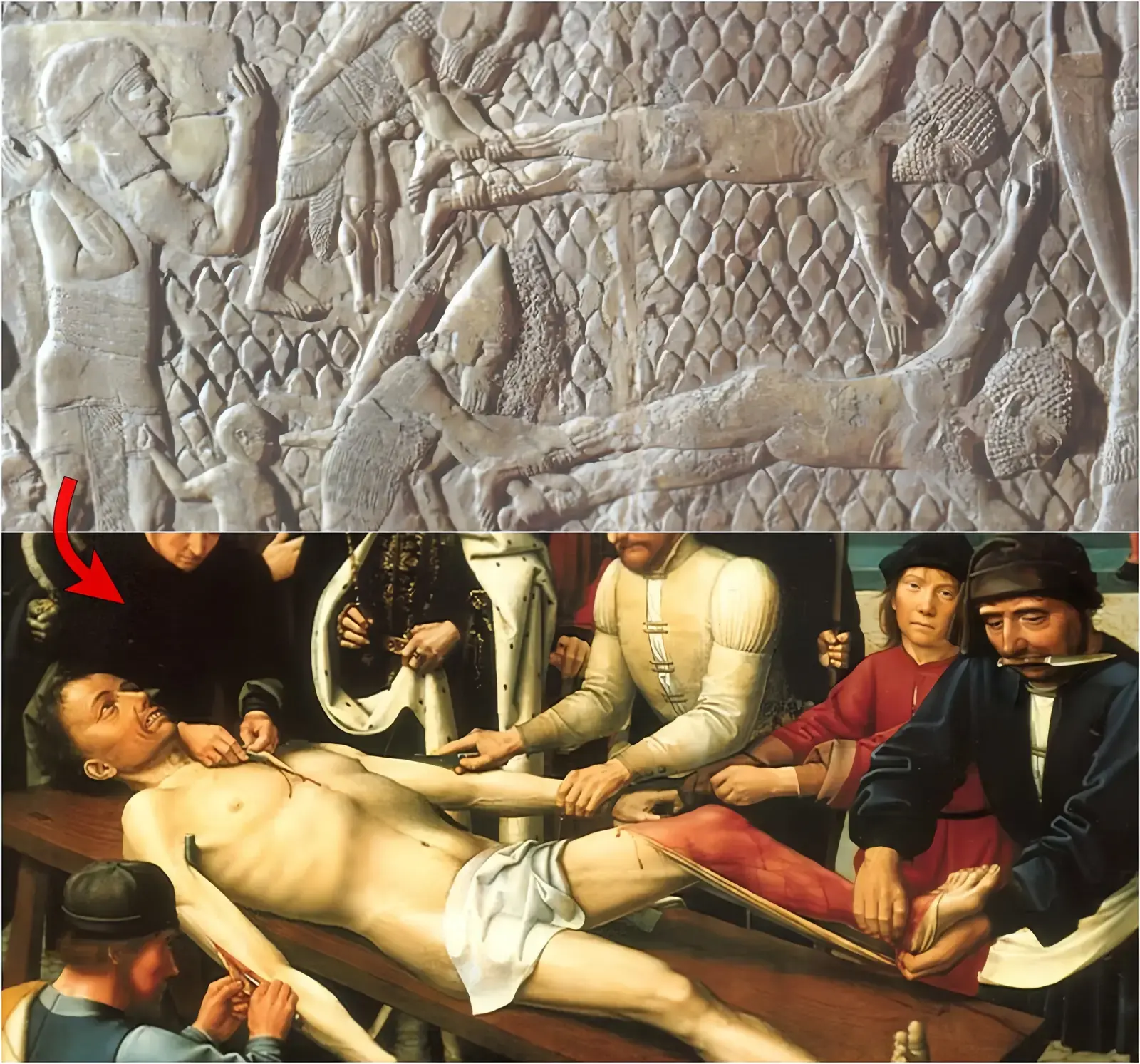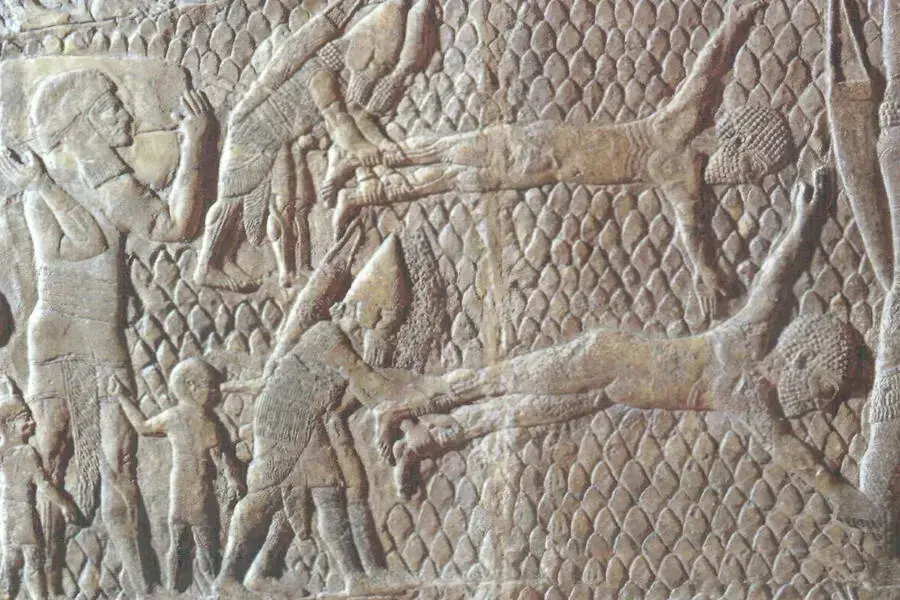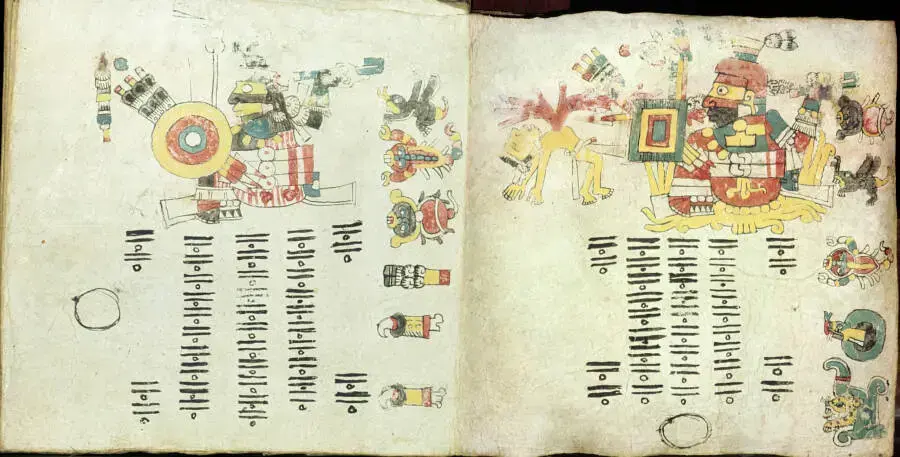Shocking Secrets Uncovered: The Horrifying Legacy of Flaying Alive and Its Centuries-Old Cruelty
Throughout history, humans have always shown extraordinary creativity in coming up with increasingly horrendous ways to torture and kill each other. However, none of these methods can compare to being flayed (or skinned alive).

A favorite of Game of Thrones’ Ramsay Bolton, Flaying actually long predates the medieval era that the show and its source novels evoke. Numerous ancient cultures practiced the art of flaying alive, including the Assyrians and the Popoloca, but there are also examples of people flaying in China during the time of the Ming Dynasty and in Europe during the 16th century.
And no matter where and when it was practiced, flaying remains one of the most disturbing types of torture and execution ever devised. Stone carvings from the time of ancient Assyria (around 800 BC) show warriors methodically removing the skin from the bodies of prisoners, marking them as one of the first cultures to engage in brutal torture.
According to National Geographic, the Assyrians were one of the world’s first empires. The Assyrians, who populated the regions of what are now Iraq, Iran, Kuwait, Syria, and Turkey, grew their empire by taking enemy cities one by one, using newly developed warfare techniques and iron weapons.

They were ruthless and military, so naturally they tortured their prisoners.
An account of Assyrian flaying comes from a report by Erika Belibtreu of the Biblical Archaeological Society, in which the Assyrian king, Ashurnasirpal II, punished members of a city who resisted him rather than immediately submitting. Records of his punishment read: “I flayed as many nobles as had rebelled against me [and] covered the pile [of corpses] with their skins; some I spread out within the pile, some I put on stakes above the pile… I flayed many throughout my land [and] covered the walls with their skins.”
The Assyrians likely flayed their enemies to scare others (a warning of what would happen to them if they didn’t submit), but history also has examples of rulers flaying their own people to leave a message. The Ming Dynasty held a tyranny over China for nearly 300 years between 1368 and 1644, and despite it often being heralded as a time of beauty and prosperity, as The Daily Mail reported, the Ming Dynasty also had a dark side.

Emperor Taizu, who reigned during the Hongwu period, proved especially cruel. In 1386, he commanded the army that drove the Mongol invaders from China and gave the dynasty its name, “Ming,” a Mongol word meaning brilliant. He also made it a capital offense to criticize anyone, and when he discovered that his prime minister had been accused of plotting against him, he killed all of the man’s relatives, friends, and associates—about 40,000 people in all.
Some of these people were flayed and their flesh nailed to a wall, so that others would know that Emperor Taizé would not tolerate anyone questioning his authority. But while flaying is a particularly cruel and brutal act, it has not been a method employed exclusively by ruthless tyrants. Some cultures flayed people as part of sacrificial rituals.
Before the Aztecs, the region of present-day Mexico was inhabited by a people known as the Popoloca, who worshipped, among others, a god called Xipe Totec. Xipe Totec translates as “our Lord of the flayed.” The ancient priests of Xipe Totec ritually sacrificed their victims in a ceremony called Tlacaxipehualiztli – “wearing the skin of the flayed.”

The ritual took place over 40 days each spring: a chosen Popoloca tribesman would dress as Xipe Totec, wear bright colors and jewelry, and be ritually sacrificed along with prisoners of war in exchange for a bountiful harvest. The sacrifice involved two circular altars. At one, the chosen Popoloca tribesman would be killed in a gladiatorial-style battle. At the other, he would be flayed. Priests would then use the flayed skin before depositing it in two holes in front of the altars.
Rituals were depicted in art found in both Popoloca and Aztec temples, an artistic trend that did not end in Mesoamerica. Flaying continued to play a prominent role in cultures around the world until the 16th century, when several famous works of art depicting individuals being flayed emerged.

The Met estimates that a piece titled The Flaying of Marsyas was created around 1570 by an Italian artist known as Titian. It depicts Ovid’s story of the satyr Marsyas, who lost a musical contest against Apollo and was punished by flaying.
Another painting, The Flaying of Saint Bartholomew, depicts the saint—one of Jesus’ 12 disciples—being martyred and flayed alive after converting Polymius, the king of Armenia, to Christianity.
Folklore and fairy tales from around the world also feature stories of flaying, such as those collected by the Marin Theatre Company. The Irish legend of the sekie, for example, tells of shape-shifting creatures that can shed their skin and walk the earth like humans. One story tells of a hunter who steals the skin of a seki, forcing the naked, human-like creature to marry him until, one day, he finds its skin again and flees to the sea.

An old Italian tale, “The Old Woman Who Was Flayed,” is a bit more straightforward, telling the story of two spinster sisters living in the woods. One of the sisters meets some fairies and makes them laugh; as a reward, they make her young and beautiful again. When the younger sister inevitably marries the king, the even older sister becomes jealous. The young bride tells her older sister that all she has to do to be young again is to skin herself. The older sister finds a barber and demands that he skin her, and she bleeds to death.
In Iceland, there are legends about Lappish trousers, also known as “corpse pants.” According to the stories, these pants will make the wearer rich, but obtaining them is a bit tricky. The first step is getting someone to give you their skin before they die. Once they’re dead, you dig up their body, skin them from the waist down, and put a piece of paper containing a magical sigil into the “pocket”—or, in other words, the scrotum—along with a coin stolen from a widow.
But once all the macabre work has been done, the magical scrotum is always replenished with money. And then, of course, there are the legends of the Dіneh and Navajo about the skinchanger, who can take on the appearance of other people and animals.
Clearly, the concept of flaying is one that has disturbed people of all cultures and times for nearly all of recorded human history, and with good reason.
Fortunately, today skinning is considered a violation of human rights and is illegal in all countries.






